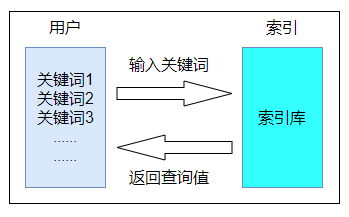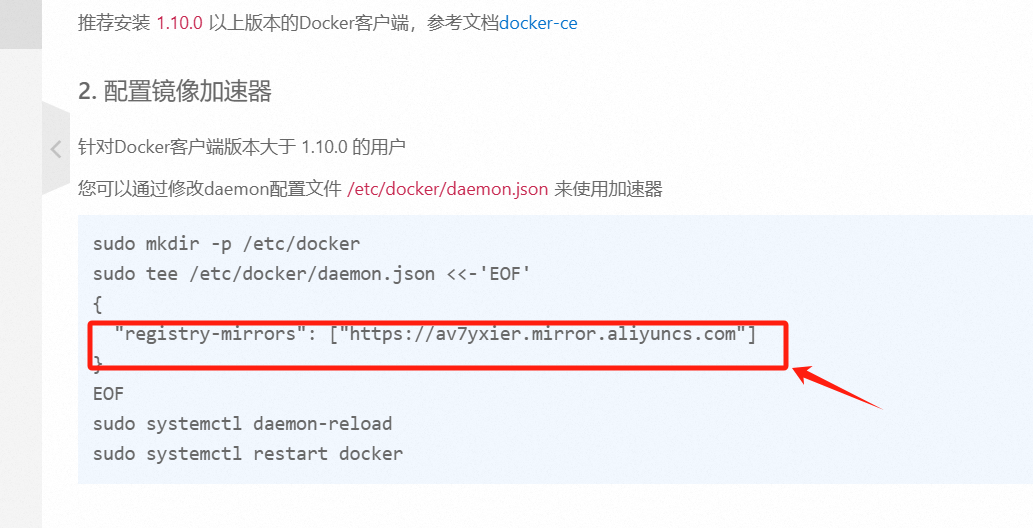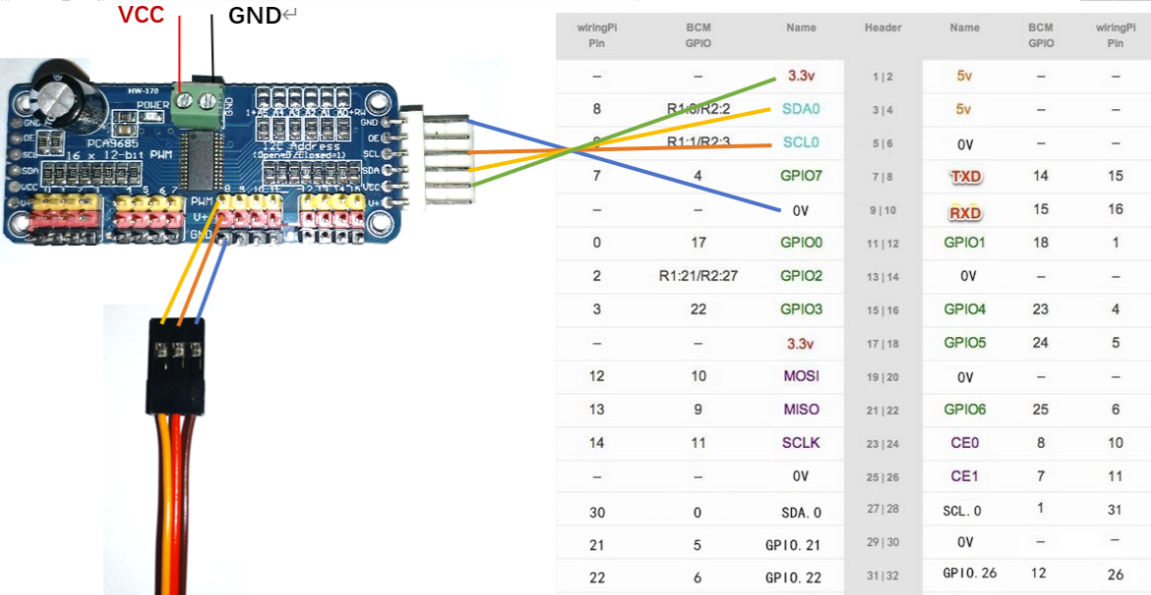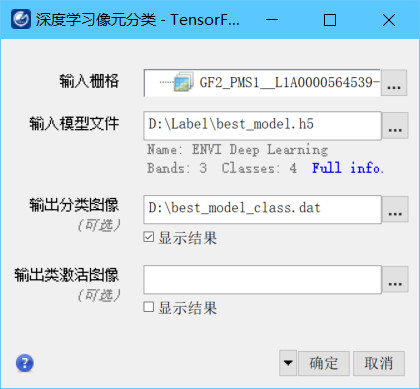MRU(Most Recently Used)算法是一种缓存替换策略,与LRU(Least Recently Used)算法相反。MRU算法优先移除最近使用的缓存项,而保留较久未使用的缓存项。MRU算法适用于某些特定的访问模式,例如当数据访问具有较强的局部性时,MRU可能比LRU更有效。
基本原理
MRU算法的核心思想是,当缓存需要淘汰旧条目时,选择最近使用过的条目进行淘汰。这种策略基于一种假设,即最近被使用的条目将来不太可能会再次被访问。因此,优先淘汰这些条目可以提高缓存的命中率。
适用场景
MRU算法适用于某些特定的访问模式。例如,当数据访问存在“短期集中访问”特性时,即某段时间内某些数据被频繁访问,但之后很长一段时间内不会再被访问,这种情况下MRU可能比LRU更有效。
实现方法
MRU算法的实现通常涉及以下步骤:
- 缓存初始化:设置一个固定大小的缓存。
- 访问缓存:
- 如果访问的数据在缓存中,则更新该数据的使用时间或顺序。
- 如果访问的数据不在缓存中:
- 如果缓存未满,将数据直接放入缓存。
- 如果缓存已满,选择最近使用过的条目进行替换。
- 记录使用顺序:通常使用堆栈或链表记录每个缓存条目的访问时间或顺序。
MRU算法的优缺点
优点:
- 适用于某些特定的访问模式,例如数据访问具有较强的局部性时。
- 实现简单,易于理解和维护。
缺点:
- 对于大多数常见的访问模式,MRU的性能可能不如LRU。
- 在某些情况下,MRU可能会导致频繁的缓存替换,降低缓存命中率。
Go实现示例
package mruimport ("container/list""sync"
)// MRUCache represents a Most Recently Used (MRU) cache.
type MRUCache struct {mtx sync.Mutexcapacity intcache map[any]*list.Elementlist *list.List
}// NewMRUCache creates a new MRUCache with the given capacity.
func NewMRUCache(capacity int) *MRUCache {return &MRUCache{capacity: capacity,cache: make(map[any]*list.Element),list: list.New(),}
}// Get returns the item from the cache.
// This function is safe for concurrent access.
func (c *MRUCache) Get(item any) any {c.mtx.Lock()defer c.mtx.Unlock()node, exists := c.cache[item]if exists {return node.Value} else {return nil}
}// Add adds the given item to the cache.
// This function is safe for concurrent access.
func (c *MRUCache) Put(item any) {c.mtx.Lock()defer c.mtx.Unlock()// if capacity is 0, nothing can be added, so just returnif c.capacity == 0 {return}// check if the item is already in the cacheif node, exists := c.cache[item]; exists {node.Value = itemc.list.MoveToFront(node)return}// if the cache is full, remove the front elementif c.list.Len() == c.capacity {elem := c.list.Front()c.list.Remove(elem)delete(c.cache, elem.Value)}// add the new item to the back of the listnode := c.list.PushFront(item)c.cache[item] = node
}

声明:本作品采用署名-非商业性使用-相同方式共享 4.0 国际 (CC BY-NC-SA 4.0)进行许可,使用时请注明出处。
Author: mengbin
blog: mengbin
Github: mengbin92
cnblogs: 恋水无意
腾讯云开发者社区:孟斯特











